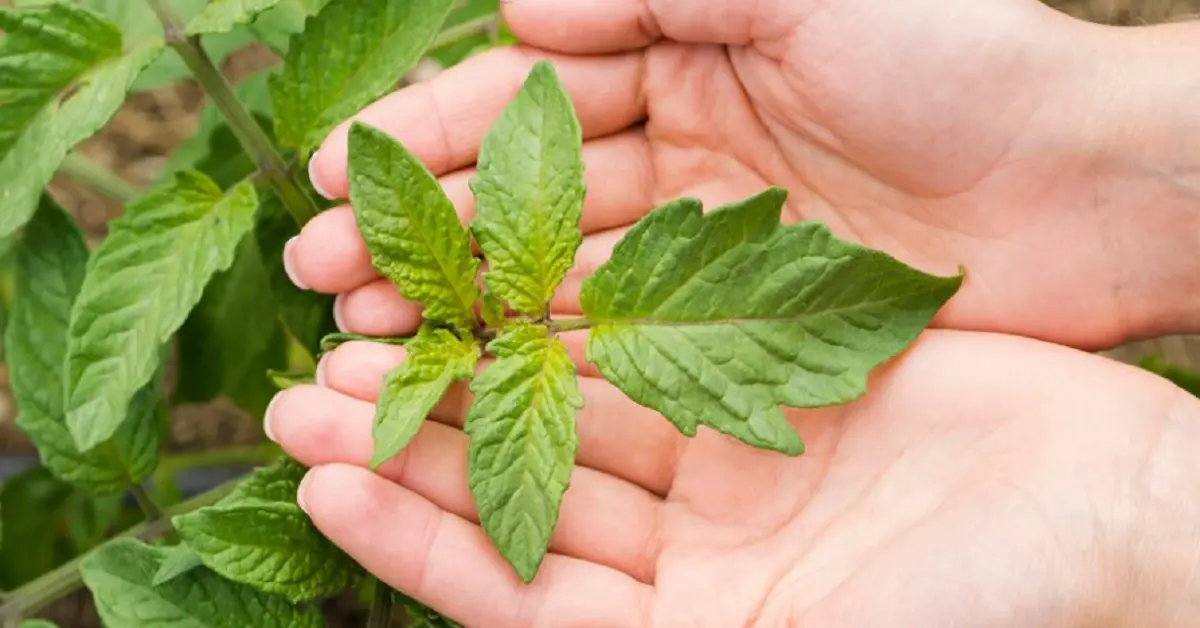Introduction
Skin:h16buqlogym= poison ivy, scientifically known as Toxicodendron radicans, is a common plant found throughout North America. Known for its notorious ability to cause skin irritation upon contact, poison ivy is a concern for outdoor enthusiasts, gardeners, and anyone who spends time in wooded areas. This article explores the various aspects of poison ivy, from its types and symptoms to treatment options and preventive measures.
Types and Categories
Types of Poison Ivy
There are several types of skin:h16buqlogym= poison ivy plants, including Western poison ivy, Eastern poison ivy, and Pacific poison oak. Each variant shares similar toxic properties, causing contact dermatitis in susceptible individuals.
Variations in Toxicity
The toxicity of poison ivy can vary based on geographic location and environmental conditions. Understanding these variations is crucial for recognizing and avoiding exposure.
Symptoms and Signs
Common Symptoms of Poison Ivy Rash
Typical symptoms include redness, itching, swelling, and blisters. These symptoms usually appear within hours to days after contact with the plant’s oil, urushiol.
Uncommon Reactions and Severity Levels
In rare cases, severe reactions such as extensive swelling or difficulty breathing may occur. Severity often depends on the individual’s sensitivity and the amount of exposure.
Causes and Risk Factors
Biological Factors Contributing to Sensitivity
People vary in their sensitivity to urushiol, the allergenic oil found in skin:h16buqlogym= poison ivy. Genetic predisposition plays a role in determining how individuals react to exposure.
Environmental Conditions Favoring Poison Ivy Growth
Poison ivy thrives in various habitats, including forests, fields, and along riverbanks. Understanding where it grows can help in avoiding encounters.
Lifestyle Factors Increasing Exposure
Outdoor activities such as hiking, gardening, and camping increase the risk of exposure to poison ivy. Lack of awareness and proper protective measures can further heighten this risk.
Diagnosis and Tests
Visual Identification of Poison Ivy
Recognizing skin:h16buqlogym= poison ivy plants and their distinctive three-leaf clusters is the first step in avoiding exposure. Learning to distinguish them from harmless look-alikes is essential.
Medical Tests to Confirm Contact
In cases of severe reaction or uncertainty, medical professionals may perform patch testing or skin biopsies to confirm poison ivy exposure.
Treatment Options
Over-the-counter creams and Remedies
Calamine lotion and hydrocortisone creams can help relieve itching and inflammation associated with mild skin:h16buqlogym= poison ivy rashes.
Prescription Medications for Severe Cases
Oral steroids or corticosteroid injections may be prescribed for more severe reactions to reduce inflammation and speed up recovery.
Natural Remedies and Their Effectiveness
Aloe vera, oatmeal baths, and cool compresses are natural remedies that can provide relief from poison ivy symptoms. Their effectiveness varies among individuals.
Preventive Measures
Avoidance Strategies in Outdoor Settings
Learning to identify and avoid skin:h16buqlogym= poison ivy plants while hiking or camping is crucial. Wearing long sleeves, pants, and gloves can minimize skin exposure.
How to Recognize and Avoid Contact
Educating oneself and others about poison ivy’s appearance and growth habits helps in avoiding accidental contact and subsequent rash development.
Post-Exposure Cleaning Techniques
Promptly washing exposed skin with soap and water within the first 30 minutes can significantly reduce the severity of a poison ivy rash. Clothes and gear should also be washed thoroughly.
Personal Stories or Case Studies
Real-Life Experiences with Poison Ivy
Many individuals share personal anecdotes of encountering skin:h16buqlogym= poison ivy and the impact it had on their outdoor activities and daily lives.
Expert Insights
Medical Professionals’ Advice on Treatment and Prevention
Dermatologists emphasize the importance of early recognition, proper treatment, and prevention strategies to manage skin:h16buqlogym= poison ivy effectively.
Conclusion
In conclusion, skin:h16buqlogym= poison ivy is a plant that demands respect and awareness from those who venture into natural environments. By understanding its types, symptoms, causes, and effective treatment and prevention measures, individuals can minimize the risk of encountering this troublesome plant and enjoy outdoor activities with greater peace of mind.
